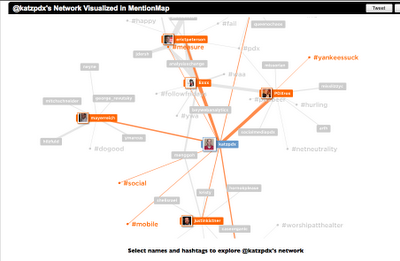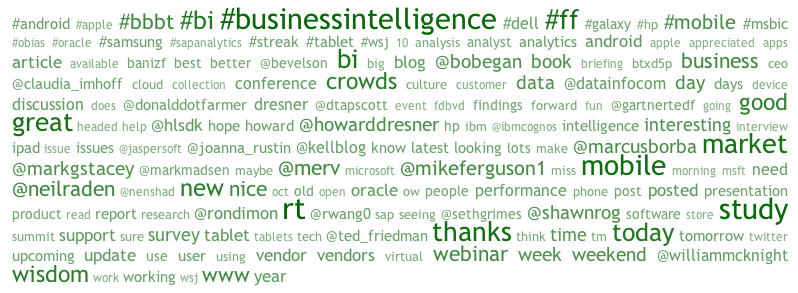A COLLABORATIVE WORK-IN-PROCESS…

REQUESTED INPUT FROM ALL READERS
Today, I am starting work on an article on the subject of “why Enterprise Performance Management (EPM) initiatives fail. But rather than waxing eloquent on my personal past experiences, which I have droned on about over the last 5 years on this blog, I’ve decided to take a somewhat different direction. This time, I am going to build this around my readers direct experiences, a purely “from the front” line perspective, if you will.
I think this will be interesting from a few different angles:
- First, by its very nature, any discussion of EPM will bring together what have emerged as disparate disciplines over the years: HR, IT, Strategic Planning, Corporate Performance, Budgeting, et al. I discussed the challenges of this at length a few days back in my post on “integrating and unifying performance management” . Bringing these perspectives together in one common dialogue will be refreshing, I think.
- Second, it will not simply focus on reasons for failure, but specifically those “choice points” where taking a different path would have yielded a different result or avoided a key mistake- Implementation related “Moments of Truth” if you will.
- Finally the result will be your’s, not that of one consulting trying to promote their own solutions (at least not directly), but rather a collection of perspectives from users, clients, and thought leaders, wherever they reside in the EPM value chain.
I’ll try not to “lead” or steer this too much, except to provide you a few broad categories to comment on. But I welcome you to add any other category or insight you feel would be useful. Some example areas to prime the pump so to speak, include:
- Aligning managers and executives
- defining the measurement architecture
- building out the measurement framework
- installing your EPM technology
- involvement of HR and appraisal systems
- cultural issues and choice points
- integration with reward structures
- etc..
In submitting your input, I’d like you to be brief, but as specific as possible. i.e. what was the choice involved? What were the paths you were considering? why you chose the one you did? what failure occurred as a result of your decision? what you believe the alternative path would have produced?
I’d like to see feedback from different perspectives: Executives to middle managers, Vendors to clients, “thought leaders” to employees at the “work face”- et al. The more perspectives we get the better.
You can post your comments below, or if you feel more comfortable sharing this in private, just DM me at @bobchampagne on twitter, and I will provide you with a way to get in touch with me to discuss further. I will synthesize over the coming days and weeks, but feel free to check back and follow the discussion here, on twitter, or wherever the conversation takes us. At the conclusion of the process, or perhaps during, we may elect to do a twitter style roundtable/ conference call if that is useful.
Thanks in advance for your input and participation. They say maximum learning is produced by studying, in depth, both your successes and failures. By exploring the pro’s and cons of various “directional” choices, my hope is that we can create another “step change” in how EPM solutions are designed and delivered.
Author: Bob Champagne is Managing Partner of onVector Consulting Group, a privately held international management consulting organization specializing in the design and deployment of Performance Management tools, systems, and solutions. Bob has over 25 years of Performance Management experience and has consulted with hundreds of companies across numerous industries and geographies. Bob can be contacted at bob.champagne@onvectorconsulting.com


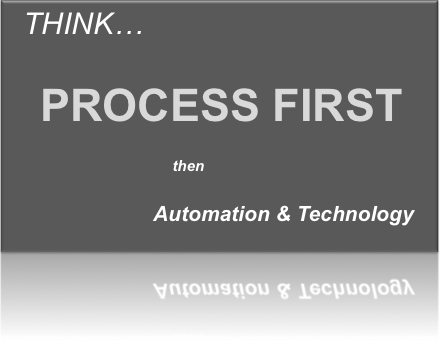 Here’s a brief story I encountered while leaving Newark International Airport following a recent business trip. Hard to believe, but true.
Here’s a brief story I encountered while leaving Newark International Airport following a recent business trip. Hard to believe, but true.
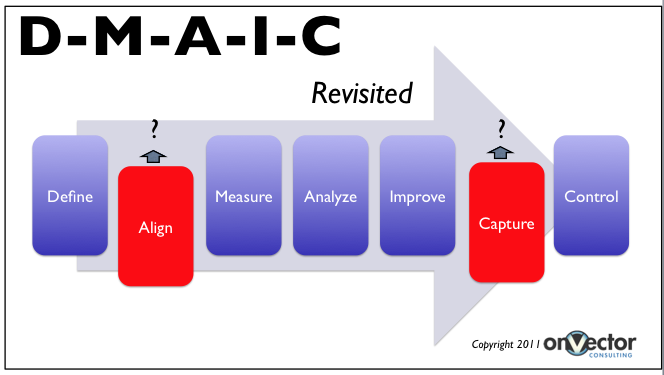

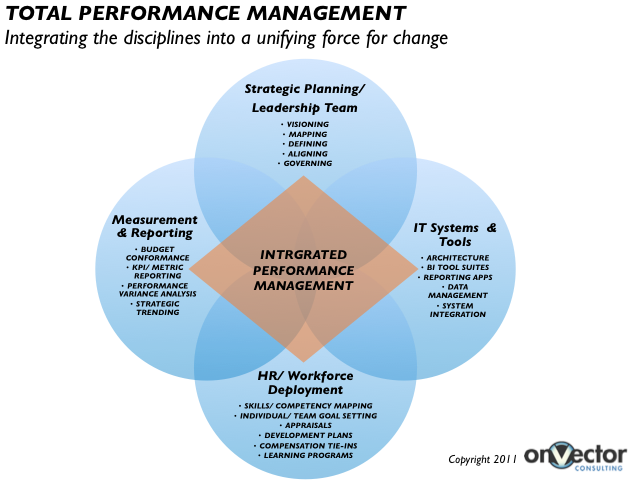 You’ll see those who focus on the p
You’ll see those who focus on the p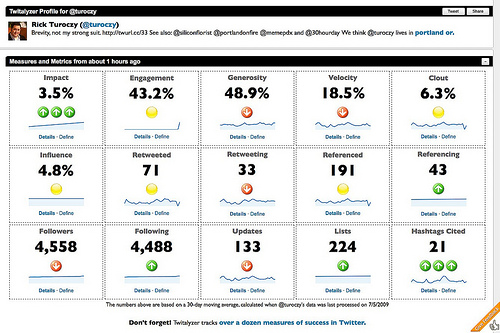

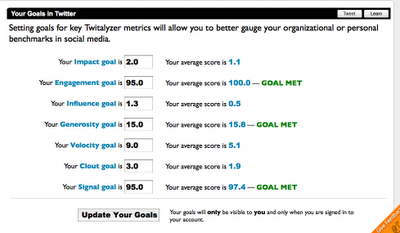 desired performance outcomes are, or what their targets should be for the coming years. Yet many of the tools in Social Media space seem to start at the beginning with those very questions, as they should. Many of these tools, begin by explaining WHY certain metrics matter. They proceed to tell you HOW these metrics impact each other. And the good ones take your right into the space of actually setting your targets, with some even providing useful benchmarks that align directly with your desired outcomes.
desired performance outcomes are, or what their targets should be for the coming years. Yet many of the tools in Social Media space seem to start at the beginning with those very questions, as they should. Many of these tools, begin by explaining WHY certain metrics matter. They proceed to tell you HOW these metrics impact each other. And the good ones take your right into the space of actually setting your targets, with some even providing useful benchmarks that align directly with your desired outcomes.